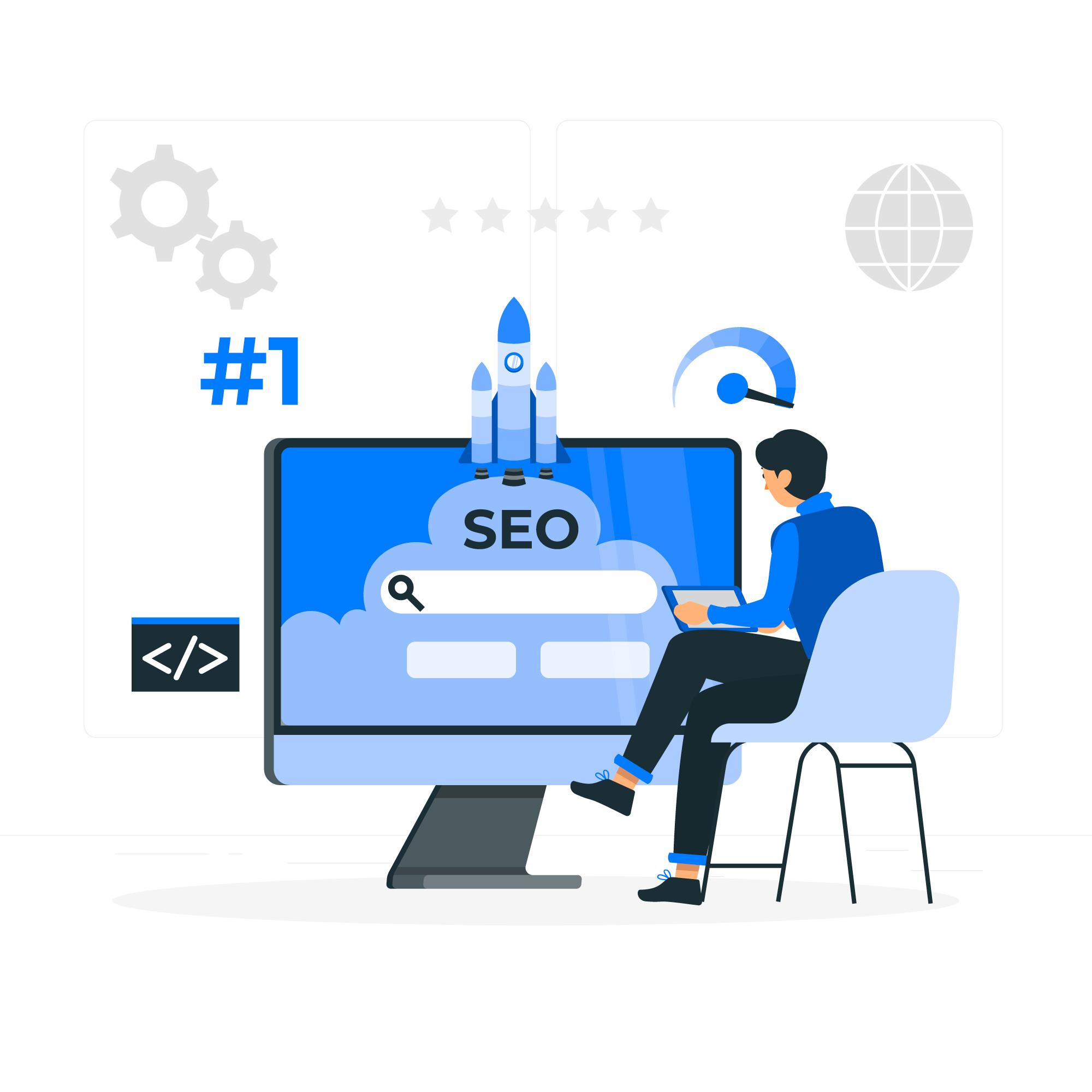The buzz around AI-driven content is more than just a passing trend; it’s a fundamental shift in how we conceive and create written material. We’re witnessing a transformation where algorithms can generate coherent text, and the implications are vast. However, this isn’t a simple case of robots replacing humans. It’s a complex interplay between technology and creativity, a dance between automation and artistry. Let’s delve deeper into this dynamic landscape.
Unveiling the Capabilities of AI in Content Creation
AI’s ability to manipulate and produce language is revolutionizing content workflows.
- Streamlining Tedious Tasks:
Imagine automating the creation of product descriptions for a vast e-commerce catalog or generating consistent social media updates. AI tools can handle these repetitive tasks, freeing up valuable time for writers to focus on strategic and creative projects. - Scaling Content Production:
For businesses needing a constant stream of content, AI can be a game-changer. It can generate articles, reports, and marketing materials at a pace that would be impossible for human writers alone. - Tailoring Content to Individual Preferences:
AI can analyze user data to craft personalized content, from targeted email campaigns to customized website experiences. This level of personalization can significantly enhance audience engagement. - Bridging Language Barriers:
AI-powered translation tools are becoming increasingly sophisticated, enabling businesses to reach global audiences with localized content. This is essential for companies looking to expand internationally. - Sparking Creative Ideas:
Writer’s block is a common struggle, but AI can help. By generating topic ideas, suggesting keywords, and creating outlines, AI tools can serve as a creative springboard. - Data-Driven Content Optimization:
AI can analyze content performance data to identify areas for improvement and optimize content for search engines. This data-driven approach can significantly boost SEO and drive organic traffic. To truly maximize the impact of this data and ensure your content strategy aligns with your business goals, consider leveraging professional content marketing services.
Experts can help you interpret the data, refine your strategy, and create content that resonates with your target audience. To understand more about search engine optimization best practices, you can review Google’s helpful content documentation here: Google’s Helpful Content
Acknowledging the Limitations of AI in Content Creation:
Despite its advancements, AI has inherent limitations.
- The Absence of True Creativity:
AI can mimic human writing styles, but it lacks the genuine creativity and original thought that comes from human experience and imagination. It can generate text, but it can’t create art. - The Challenge of Nuance:
Language is full of subtleties, like sarcasm, irony, and humor. AI struggles to grasp these nuances, which can lead to misinterpretations and awkward or inappropriate content. - Ethical Considerations and Plagiarism Risks:
AI tools can sometimes generate content that unintentionally resembles existing material, raising concerns about plagiarism and copyright infringement. Responsible use and human oversight are essential. - The Dependence on Training Data:
AI models are trained on vast datasets, which can introduce biases and inaccuracies into the generated content. If the training data reflects existing biases, the AI will perpetuate them. - The Lack of Emotional Depth:
Human connection is built on emotions, and AI lacks the emotional intelligence to create content that truly resonates on a deep level. Empathy, compassion, and nuanced emotional expression are still the domain of human writers. - The Indispensable Role of Human Oversight:
AI-generated content often requires significant human editing to ensure accuracy, clarity, and relevance. Human editors are crucial for refining and polishing AI-generated text.
The Collaborative Future of AI and Human Writers:
The most promising future for AI in content writing lies in collaboration. AI can handle the heavy lifting, automating repetitive tasks and generating drafts, while human writers provide the creative spark, emotional depth, and strategic direction.
Key Considerations for Responsible AI Use
- Transparency and Ethical Practices: It’s essential to be transparent about the use of AI in content creation and to adhere to ethical guidelines.
- Human-Centered Approach: AI should be viewed as a tool to augment human creativity, not replace it.
- Continuous Learning and Adaptation: The field of AI is rapidly evolving, and content creators must stay informed about the latest advancements.
In Conclusion
AI content writing presents a powerful set of tools for content creators, but it’s crucial to approach it with a balanced perspective. By understanding both its capabilities and limitations, we can leverage AI to enhance our creativity and efficiency, while still maintaining the human touch that makes content truly engaging and impactful.




